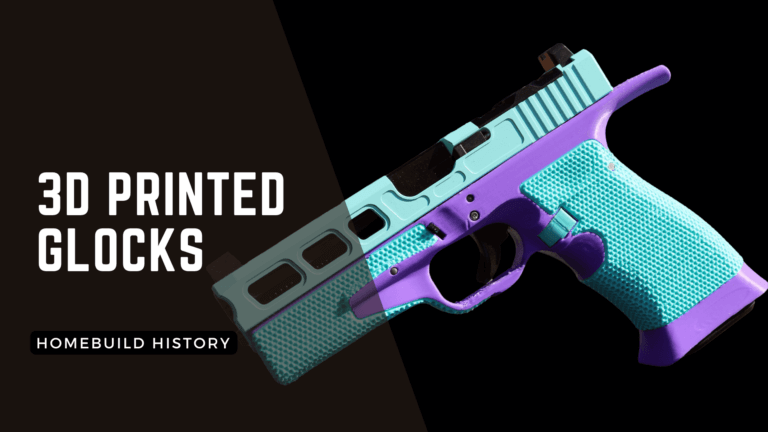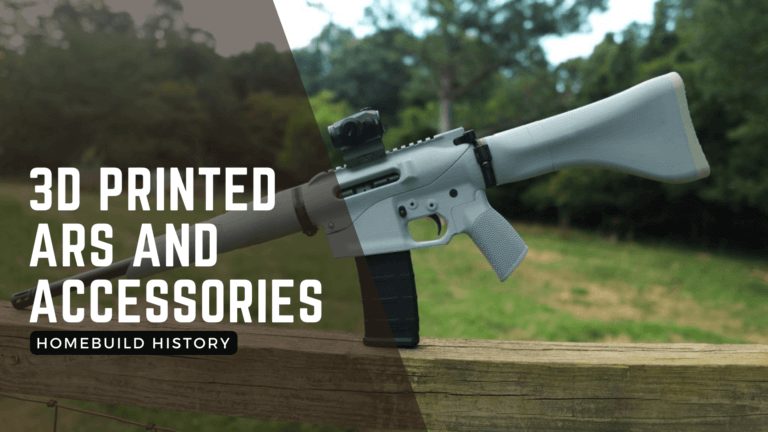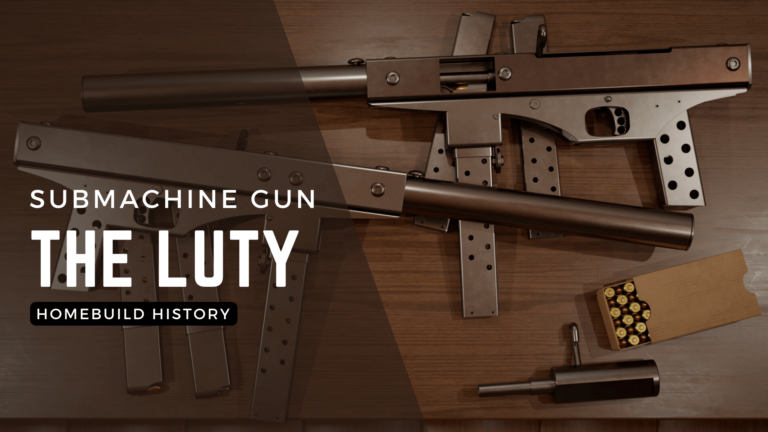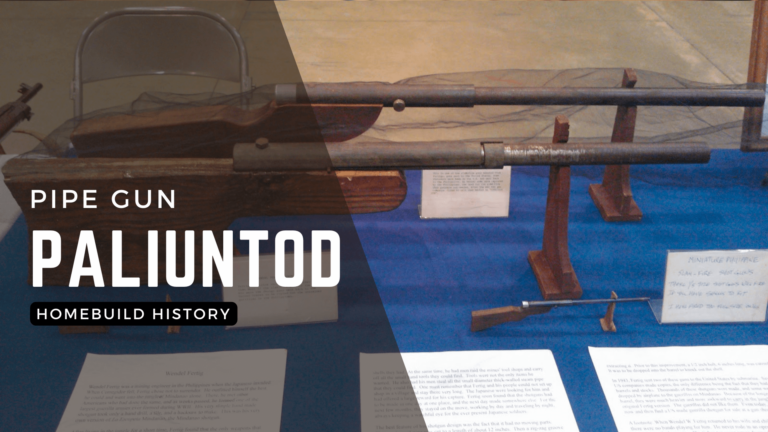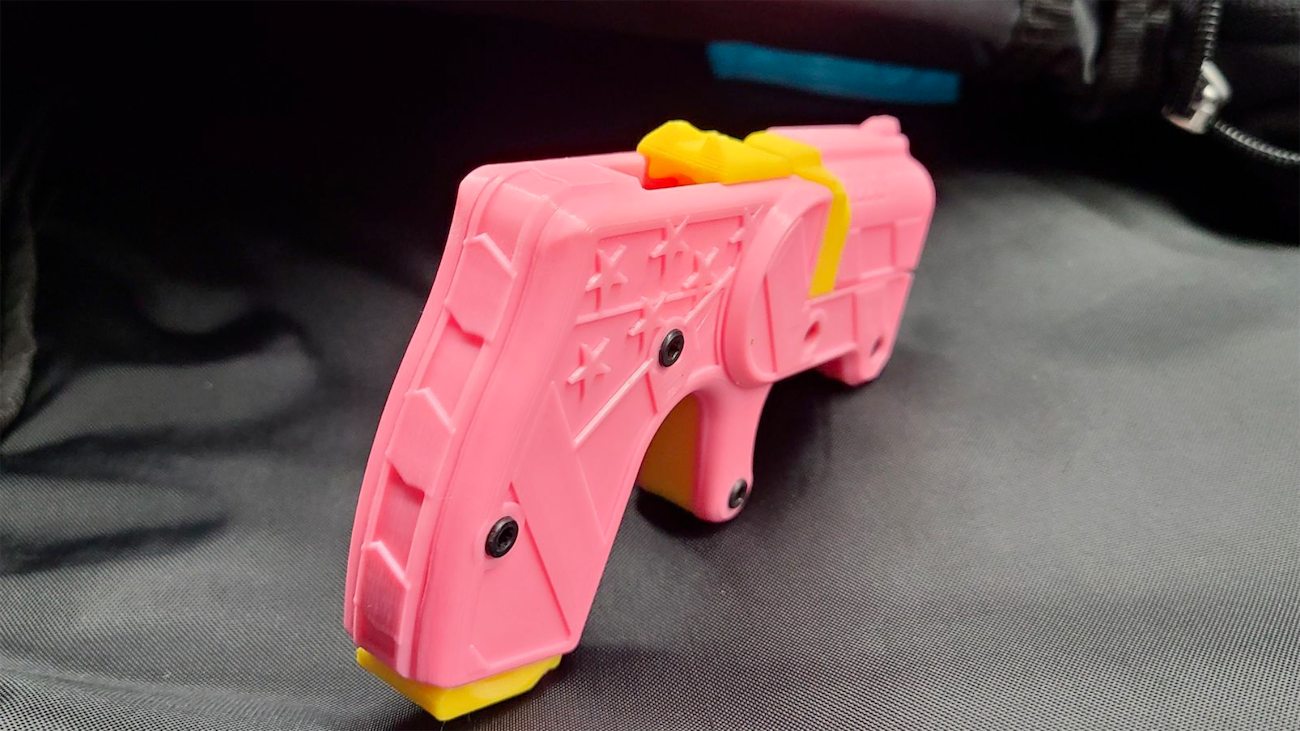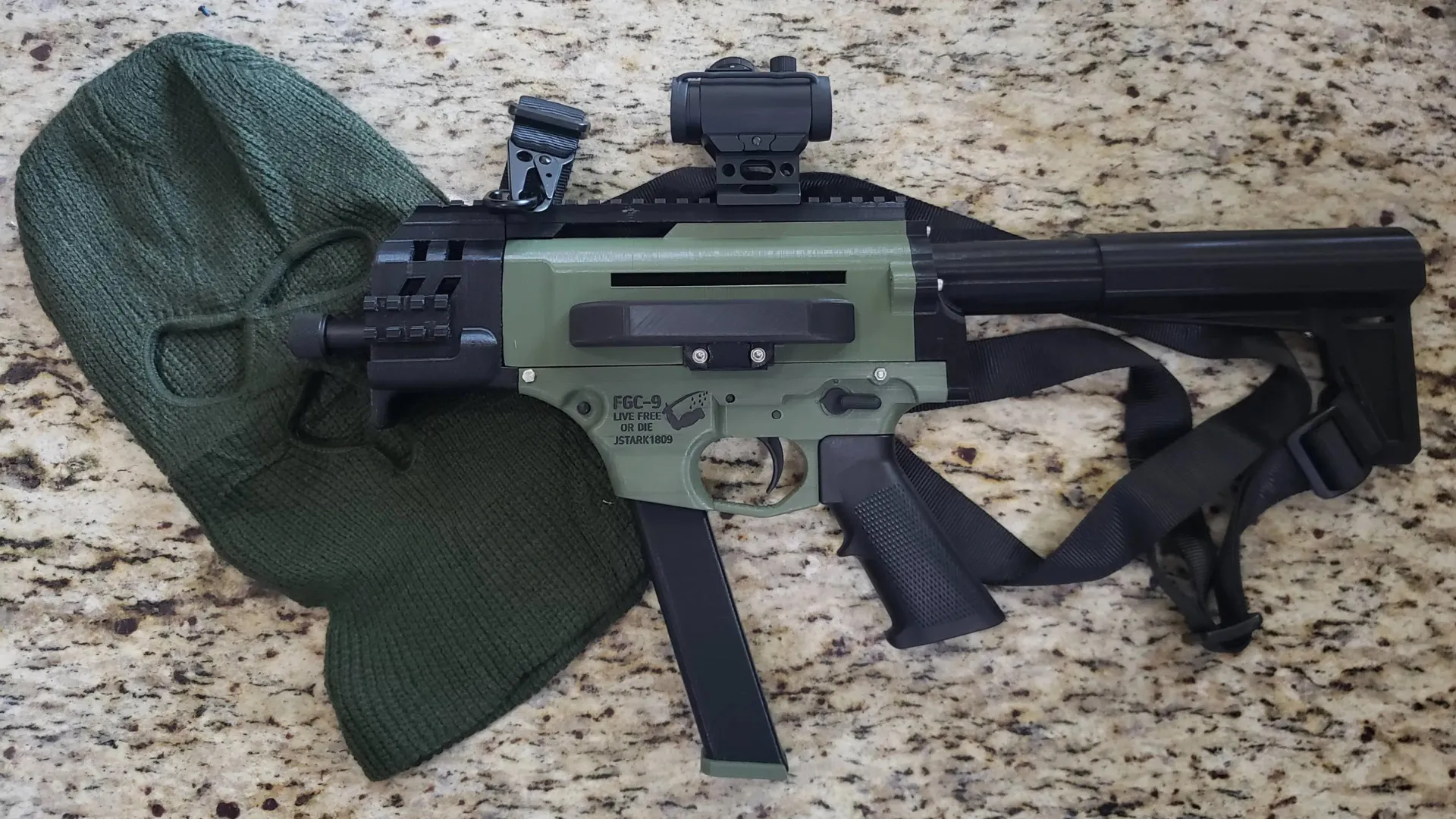Welcome to Homebuild History, the part of 3D Gun Builder’s website where we focus on the history of some of the most iconic homebuilt firearms, their contributions to the world, and most importantly, how YOU AT HOME can get your hands on these classic arms and armaments!
What’s the Story?
This week, we’ll be talking about two firearms whose impact on the world of guncad was almost as significant as the Liberator itself: the PM422 Songbird pistol and PM522 Washbear revolver. It may have been nearly a decade since their creation, but their legacy lingers on as some of the most developed pistols of their time.
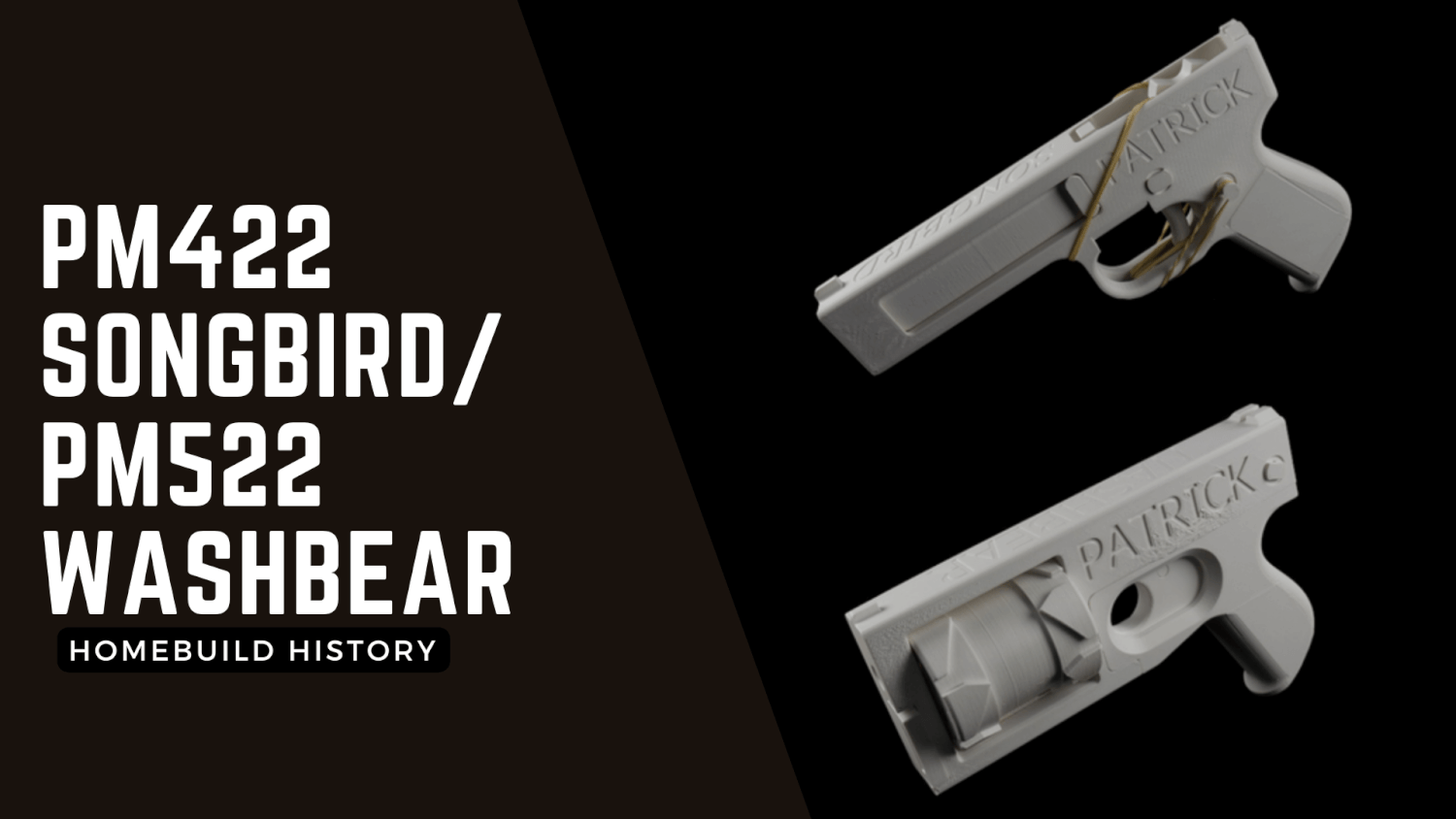

College Affairs
James R. Patrick is an enigmatic man. For years after he developed the Songbird and Washbear, his website was nothing more than a whitewashed blog. Eventually, it disappeared off the internet together, but his work nonetheless lingers on. At the time he was an active designer, Patrick was a mechanical engineering student.
It was never clear what led him to design 3D printed guns. Maybe it was an engineering challenge to him. Maybe the Songbird and Washbear were school projects. Maybe it was just a hobby, or even a fun distraction from schoolwork. Regardless, both designs were exceedingly well developed for their time.
The Songbird was a single-shot pistol with an easily removed barrel that could be physically removed and loaded into the gun. In short, a shooter could print multiple barrels and load and fire them, like cartridges themselves. This significantly increased the design’s fire rate and was surprisingly durable for its time.
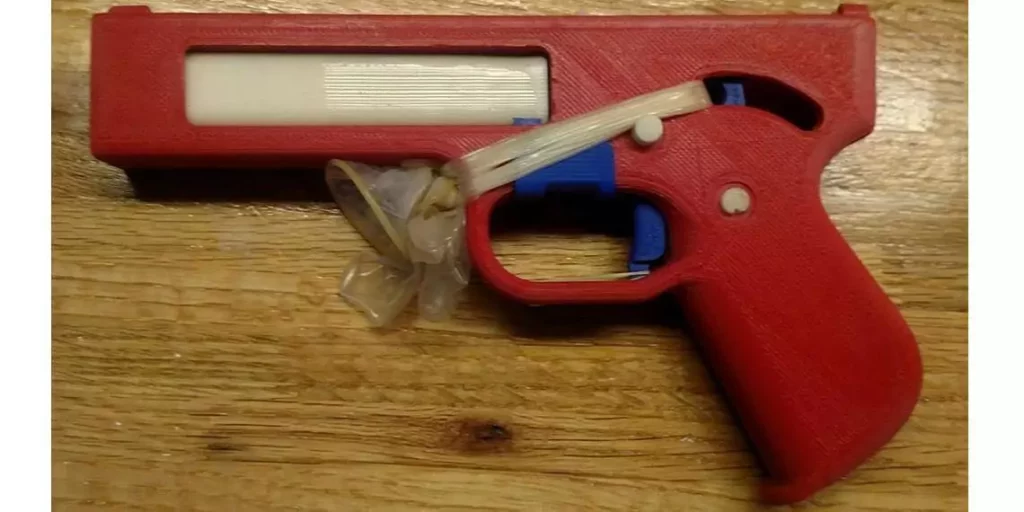
A particular benefit of the Songbird design is the use of elastic bands instead of a spring. This allowed almost any strand of stretchy rubber to be used to cock and fire the gun. While the downside was an increase in wear and tear, the “spring” was easily replaceable and not a precision part.
Washed Up and Washed Out
Where the Songbird improved on the Liberator, the Washbear surpassed it entirely. Built most likely around the design of the famous Nerf Maverick foam dart gun, the Washbear was a fully functional revolver. It wasn’t massively overbuilt like Imura’s revolver, and it looked like what someone would expect a revolver to look like.
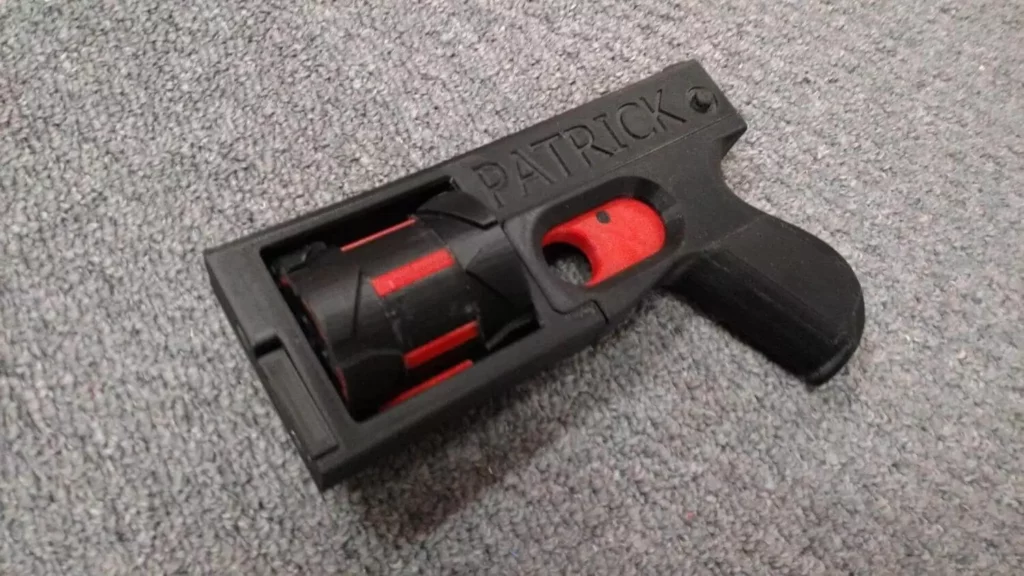
In addition to being a solid revolver design, the Washbear also came with two cylinders. The first was designed to be fully printed, but the second was built around barrel liner. The former could hold 6 rounds, while the latter held 8. Considering the gun was capable of being fired like any other revolver, this was revolutionary.
As development proceeded, especially towards parts kit-based pistols or homebuilt PCCs, the Songbird and Washbear were remembered but not developed. For the Washbear, Patrick alluded to a bigger successor design in .38 Special called the “Greywolf,” which never materialized. Deterrence Dispensed at one point made a derivative design as an exercise in sheet metal fabrication which also never made it out of beta due to a file leak.
Surprisingly, Songbird development continued well into the late 2010s. Integrating more types of barrel liner and using tougher plastics meant that the design could use larger caliber ammunition. A number of derivatives were made, including Shion Shidou’s “fortified Songbird,” KadeCAD’s PM4 Songbird, and the Vyper Arms SMA1 (which even included picatinny rail).

Legacy Munitions
The Songbird and Washbear, while long past the frontlines of development in the 3D gun world, have still been inspirations today. The sturdy .22 design of the Songbird sees successors like the BLC Harlot, and at one time, they were printed for turn-in at gun shows just like their replacements.
The Washbear is still the iconic printed revolver, staying in the community’s eye well after its developer disappeared forever. Later designs like the PG22 Maverick, while taking advantage of modern printer techniques, were never able to capture people’s attention the way it did.
Regardless of their prominence today, both designs have a place in the guncad world, and have brought joy to countless hobbyists and DIYers alike.
How do I make it?
While there is only one prominent Songbear model out there (the 2.0 version), there are several varieties of Songbird. Some are intended for .22LR, but others can use various centerfire cartridges, usually .38 Special. It’s important to check the model before you start printing, just to make sure.
As always, Print2a, Gatalog, and the FOSSCAD repo are the best places to look for these files. We recommend not worrying as much about durability as the original designers did. Advances in filament means your worries aren’t as heavy when it comes to the gun breaking or cracking. It’s significantly less likely now.
As always, tune in next week for more Homebuild History! Stay safe and build* on!
*Legally, of course. Laws don’t stop you from building this, but we at 3DGunBuilder encourage readers to follow all legal guidelines. If you can’t make this in your state or country, please don’t try to. Just remember that this is here for educational and research purposes only.


